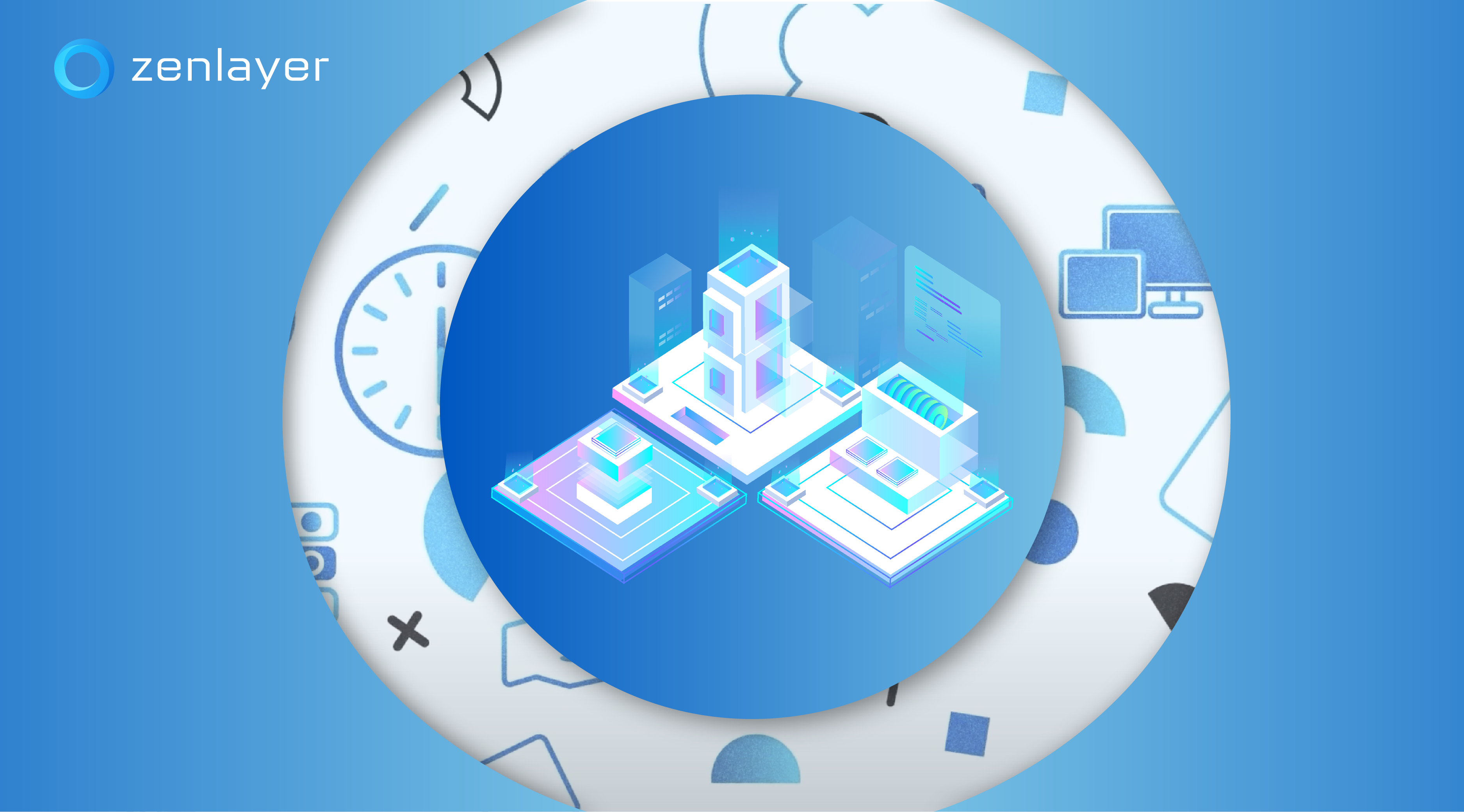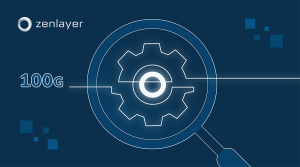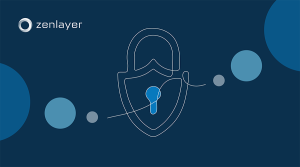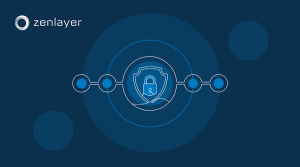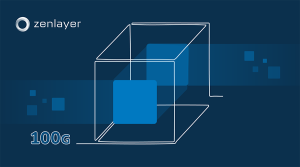Blockchain and edge computing are two of the most exciting emerging distributed networking technologies that are reshaping how human society is interacting with the internet. You may hear these two terms in different contexts, but in fact they have a very interesting interdependent relationship.
In this post, you’ll learn what blockchain is, how blockchain supports edge computing, and why edge computing improves blockchain.
What is Blockchain: A brief overview?
A blockchain is a distributed system spread out over multiple nodes using consensus in a computer network. Just as the name suggests, a blockchain has blocks that contain data or transactions. These blocks of information are available from a distributed and secure ledger.
– Tamper proof: Once data enters a blockchain, it becomes exceedingly difficult to modify it. Each block contains a series of unique cryptographic hashes which act as a digital fingerprint.
– Expanding use cases: Blockchain is now a core enabling technology for a variety of use cases like cryptocurrency, NFT, IoT, smart grids, supply chain management, healthcare, government, and more.
– Growing demand: Demand for blockchain is steadily increasing. Ongoing innovation and growth is happening in this space, and this will continue in the years ahead.
How blockchain integrates with edge computing technology?
Edge computing by itself is a distributed system offering the lowest latency AND lowest cost for computing delivery and consumption. Blockchain enables trust within edge computing, by encrypting and protecting data as it flows over distributed networks.
– Blockchain enhances security: Together, blockchain and edge computing create a faster and more secure computing environment. Blockchain secures the edge of the network by establishing a trustworthy relationship among nodes.
– Blockchain improves edge authentication and access: Blockchain makes it harder for unauthorized identities to access sensitive edge devices. It can establish secure authentication and access controls at the edge.
How edge computing infrastructure improves blockchain technology?
– Edge computing plays an important role in enabling blockchain deployment.
– Facilitates faster gossip, uploads, and validation.
– Enables the most reliable and low latency server-to-server communication.
– Allows for faster communication among blockchain nodes to form consensus
– Edge nodes distribute blockchain mining and storage computations across broader geo-regions, thus improving blockchain’s decentralization.
Edge computing is particularly useful with emerging proof of stake (PoS) deployments. In a recent post, we explain how blockchain PoS consensus mechanisms have much higher networking requirements than proof of work (PoW) consensus. Without the right underlying infrastructure in place, you could run into financial penalties and experience lower participation or lower ROI. Edge infrastructure offers a simple and effective workaround.
Blockchain participants who are experimenting with PoS deployments should strongly consider using edge cloud services to ensure reliable and efficient transmissions and maximize blockchain ROI. Our Bare Metal Cloud and Cloud Networking services are two solutions that you can use to enhance your blockchain proof of stake chains.

